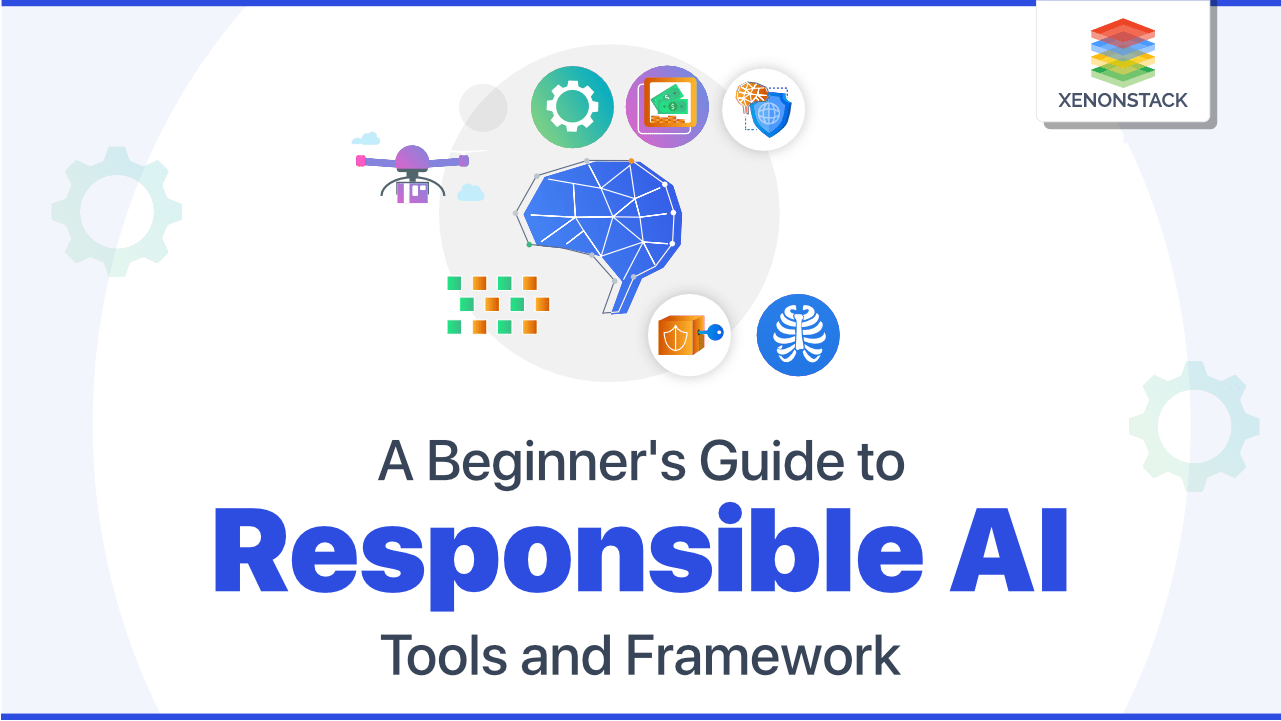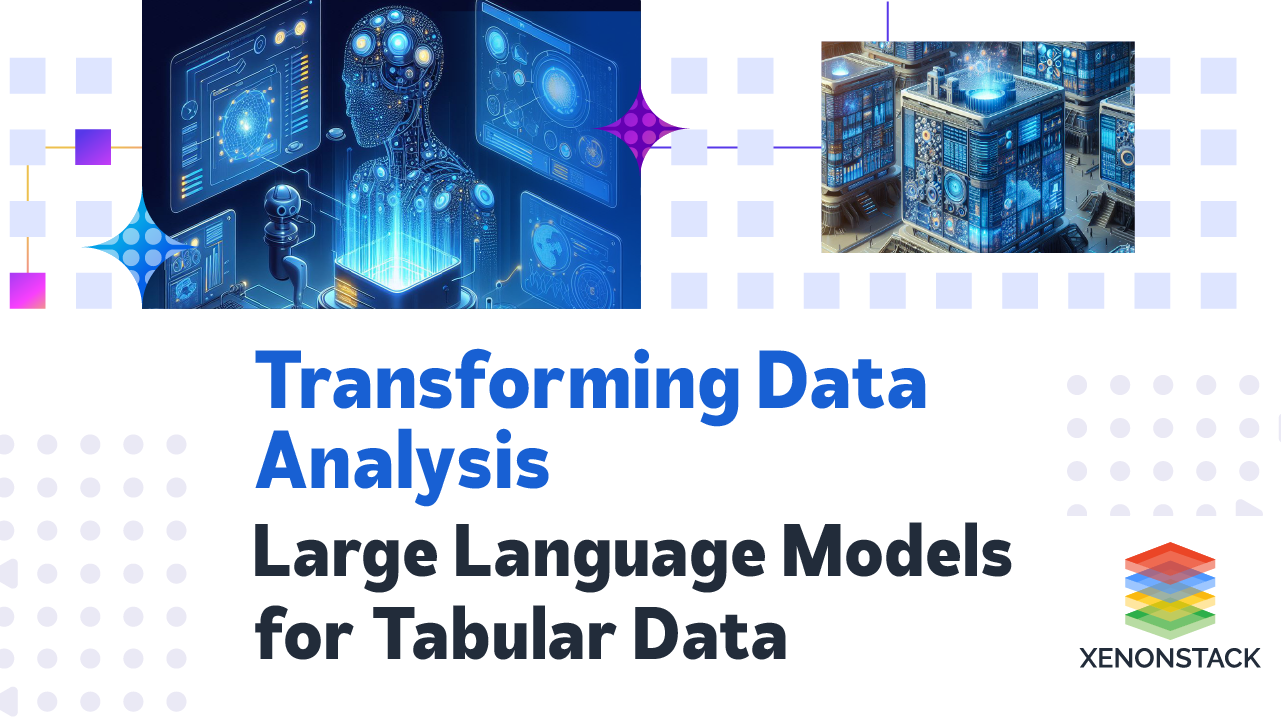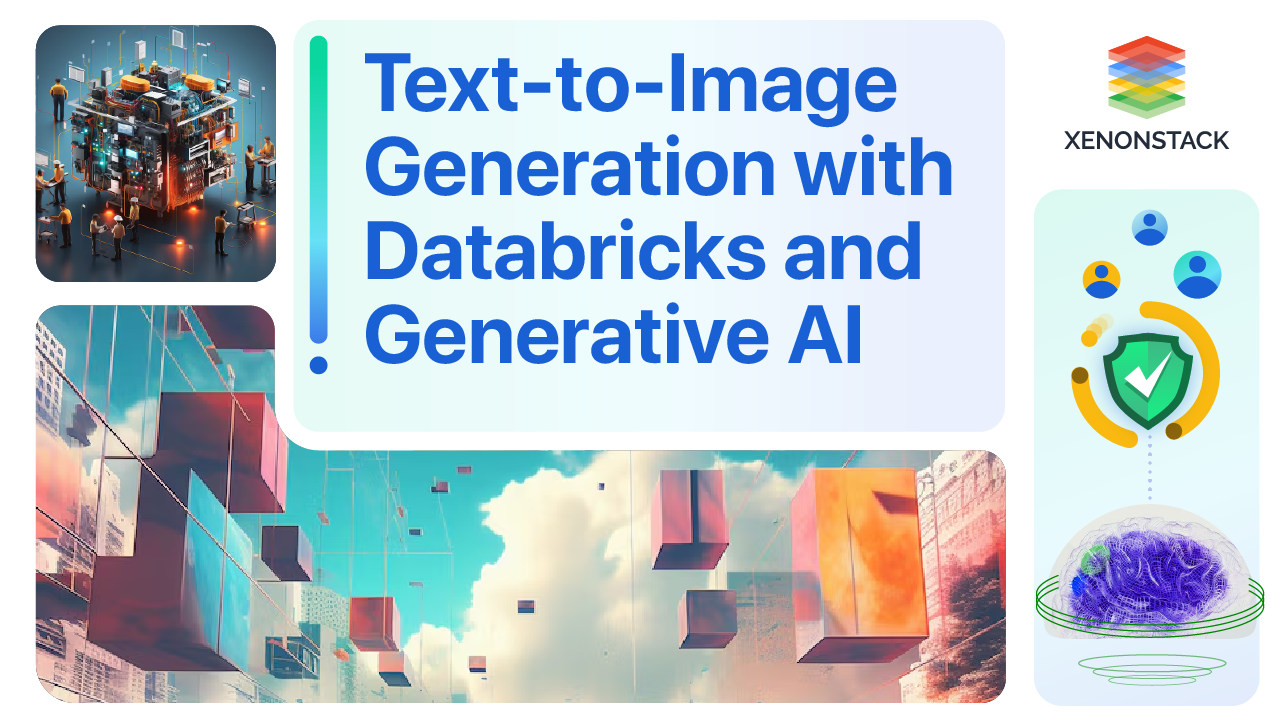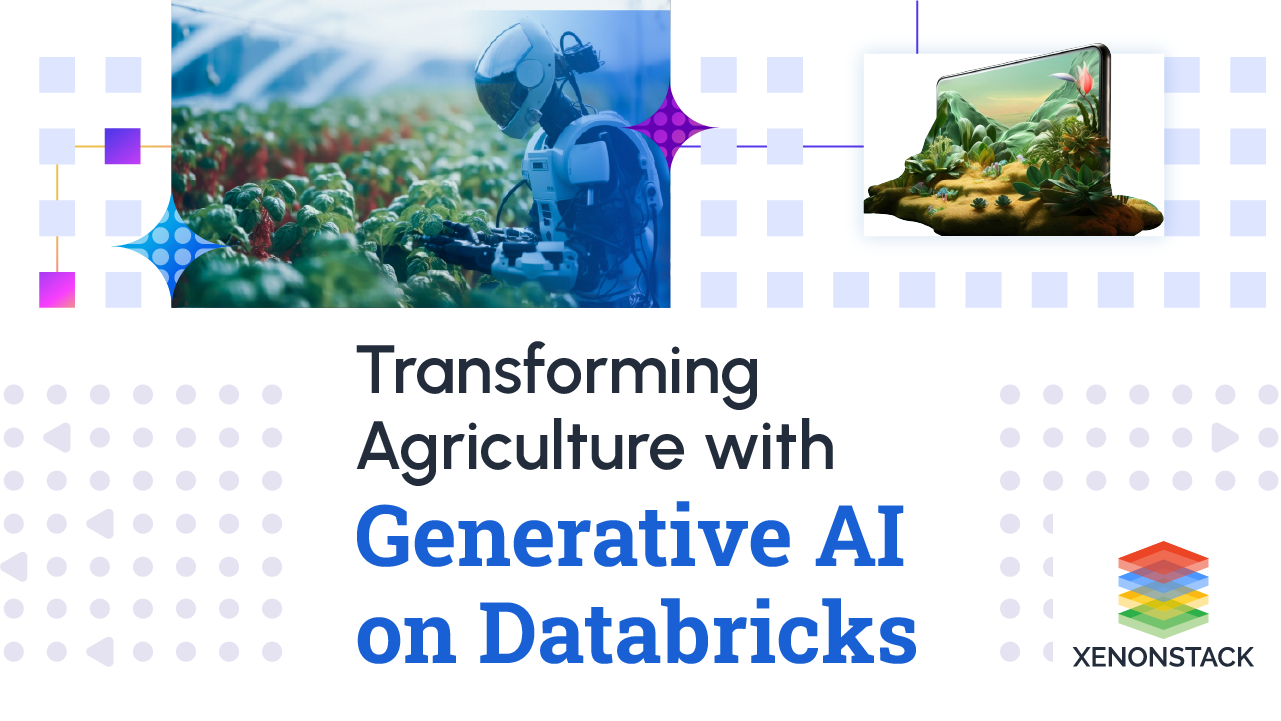
Introduction to Responsible AI
AI has unprecedented opportunities and limitless potential but with significant risk. Hence it also demands an incredible responsibility. There are several examples in the market where AI fails, such as Facebook's Apple Card, Amazon's biased recruiting tool, COMPAS, etc. Therefore, considerable questions have been raised around AI ethics, trust, transparency, governance, and legality.
To assess the trust in the model, understanding the reason behind the prediction is very important. Pressure is increasing as organizations increase the use of AI. To have accountable and responsible Artificial Intelligence, they need to take proper action to ensure AI's compliance and fairness. Here Responsible Artificial Intelligence comes into the picture to deliver transparent, trustworthy, and ethical AI applications. It can transform an untrustworthy model or prediction into a trustworthy one.
Demand for general and flexible Responsible Artificial Intelligence is also rising because its framework can handle different AI solutions, such as Predicting credit risk or video recommendation algorithms. Click to explore our, Responsible AI Principles
What is Responsible AI?
It is the practice of designing, developing, and deploying AI applications responsibly that build fairness, interpretability, accountability, privacy, and security in the system. Hence allowing companies to engender trust and scale AI with confidence.
Why is Responsible AI Important?
The importance of Responsible Artificial Intelligence is highlighted below:
Performance
AI uses real data and preferences as input for learning that may contain social bias; hence can also imitate bias and prejudices in model output. Thus increasing the risk of bias, discrimination, and performance instability. Therefore, Responsible Artificial Intelligence is required to spot and mitigate such bias.
Transparency
ML(Machine Learning) or DL(Deep Learning) models, like neural networks, use black-box models to make complex predictions and do not explain the process they used to make decisions. Hence raises the risk of opaqueness, lack of interpretability, and risk of errors. Debugging such systems is also very complex as we cannot find the issue easily in opaque systems.
Security
Cyber and Adversarial ML attacks take advantage of vulnerabilities in the ML model with potentially harmful real-world consequences. Identifying such threads could help keep the system safe and secure otherwise, it may raise risks of adversarial attacks, cyber intrusion, privacy attacks, etc.
Control
Lack of control over systems may lead to unintended consequences and unclear accountability. Therefore proper control over systems is required for accountability and clarity.
A data-driven semantic web that leverages machine-based data understanding to develop smarter, more connected web experiences for users. Click to explore our, Role of AI in Web 3.0
Responsible AI Toolkit and Framework
There is no single tool or framework for implementing Responsible Artificial Intelligence, so let's discuss some of them that help embed key features of responsible AI in our system.
Tensorflow
- What if tool: Check model performance for a range of parameters in the dataset, and manipulate individual data points to check the output. It also allows sorting data with five buttons in different types of fairness based on mathematical measures. It just requires minimal coding to check the behavior of trained models. It uses visuals to check performance across a wide range of parameters. It could integrate with Colaboratory notebooks, Jupyter notebooks, Cloud AI Notebooks, TensorBoard, and TFMA Fairness Indicators. It can support Binary classification, Multi-class Classification, and Regression on Tabular, Image, and Text data.
- Fairness indicator: It is a library used to evaluate and improve bias in models. Most of the tools that evaluate bias cannot work with large datasets. Still, fairness indicators allow for evaluating any size of data among any use case. It checks data distribution and model performance. Sliced data across different groups of users to check the issues and find a way to mitigate them. It enables easy computation of commonly-identified fairness metrics for binary and multiclass classifiers. It allows to
- Compute commonly-identified fairness metrics for classification models.
- Compare model performance across subgroups to a baseline or other models.
- Use confidence intervals to surface statistically significant disparities.
- Perform and evaluate multiple thresholds.
Language Interpretability Tool: It is to understand the behavior of the NLP model using visual and interactive tools. It has many built-in features but is also customizable with the ability to add custom techniques for interpretation, metrics calculations, counterfactual generators, visualization, etc. A user could ask questions as given below:
- On which example model is not performing well?
- How do models make decisions and give results?
- How does the model change its consistency if textual style, verb tense, and pronouns gender have been changed?
Manufacturing industry is facing issues in some cases as AI is not justifying its decisions, but sometimes the wrong decision lets them pay a lot. Click to explore our, Responsible AI in Manufacturing Industry
LF AI
- AI Fairness 360: It is an open-source, Responsible AI tool for fairness. AI Fairness 360 helps users understand, examine, and report various biases and mitigate them. It has 10 bias mitigation algorithms with 70 fairness metrics.
- AI Explainability 360: It is an open-source toolkit that provides model interpretability and explainability. And it helps the user to understand model decisions. It contains 10 explainability algorithms. It provides metrics of faithfulness and monotonicity as proxies for explainability.
- Adversarial Robustness Toolbox: It checks for the adversarial threats in ML models to evaluate, defend and verify against the attacks. ART(Adversarial Robustness Toolbox) supports all famous ML frameworks and data. It consists of 39 attack modules, 29 defense modules, estimators, and metrics.
SHAP
SHAP stands for Shapley Additive explanations is a game-theoretic approach. It can explain the output of any ML model. It connects optimal credit allocation with local explanations using the classical Shapley values from game theory and their related extensions.
LIME
Lime stands for Local Interpretable Model-agnostic Explanations. It can explain predictions of text classifiers, classifiers on categorical data or numpy arrays, and images in a reliable manner. It gives a local linear approximation of the model's behavior.
Counterfactuals
A counterfactual is a technique for explaining a prediction that describes the smallest change to the feature values that could change the prediction to a predefined output. For instance, the change in the value of a particular feature could change the state from rejected credit application to accept.
Conclusion
It is a time to evaluate the existing practices or create new ones to responsibly and ethically build technology and use data. Moreover, we need to be prepared for future challenges and regulations; therefore, several big techs are working on the tools and frameworks to implement Responsible Artificial Intelligence. So there are several tools available for different features to implement Responsible Artificial Intelligence. We can select the tools based on their features to make our AI system more accountable, trustworthy, and transparent.
- Discover more about Transparent AI Challenges and Solutions
- Click to explore about Responsible AI in Automotive Industry


